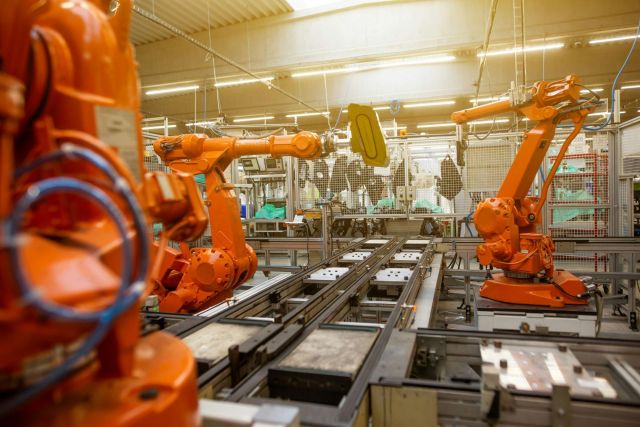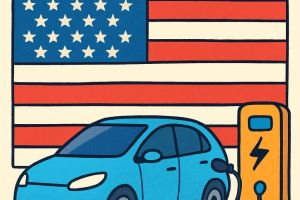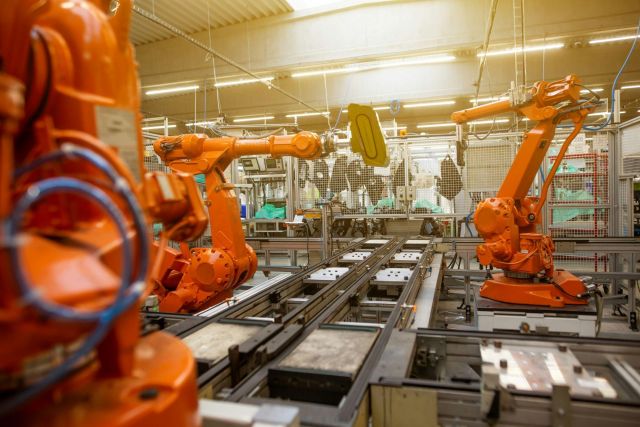
Production Performance:
South Africa's automotive industry struggled in 2024, producing 599 755 vehicles, a 5% decline from the previous year. This performance, while maintaining the country's 20th global ranking, fell well short of the 784 509-unit target set by the South African Automotive Masterplan 2035.
In contrast, Morocco demonstrated impressive growth, manufacturing 559 645 vehicles, a 5% increase that propelled the North African nation to 23rd place globally. This upward momentum establishes Morocco as an increasingly important player in continental vehicle production.
South Africa's mounting challenges:
Despite hosting seven major international automakers (Volkswagen, Toyota, Ford, BMW, Isuzu, Nissan and Mercedes-Benz), South Africa's automotive sector faces severe headwinds. The industry has been battered by surging Chinese vehicle imports, a weak domestic demand and insufficient local content integration. Imported vehicles now account for 64% of all new vehicle sales locally.
South Africa’s Trade Minister, Parks Tau, revealed the sector's struggles have resulted in 12 manufacturing plant closures and over 4 000 job losses in the past two years. Export challenges compound these domestic issues, particularly after President Donald Trump's import tariffs eliminated preferential access to the USA market under the African Growth and Opportunity Act (AGOA).
Global context and competition:
The global automotive landscape remains dominated by manufacturing giants, with China leading at over 31 million vehicles produced in 2024, more than the USA and Japan combined. This represents part of the 92 million vehicles manufactured worldwide.
China's dominance stems from strong domestic demand, rapid electric vehicle adoption and expanding export capabilities. Meanwhile, the US focused on commercial vehicles, producing 9.1 million commercial units versus just 1.4 million passenger cars.
Looking forward:
The automotive industry's shift toward emerging markets continues, driven by increasing consumer purchasing power, favourable trade agreements and manufacturers seeking competitive production locations. While South Africa maintains significant industrial infrastructure, Morocco's growth trajectory suggests a rebalancing of Africa's automotive manufacturing landscape.
The concentration of global production among China, the US and Japan, which represents 54% of total output, highlights the competitive pressures facing other producing nations as they compete for market share in an increasingly challenging environment.









